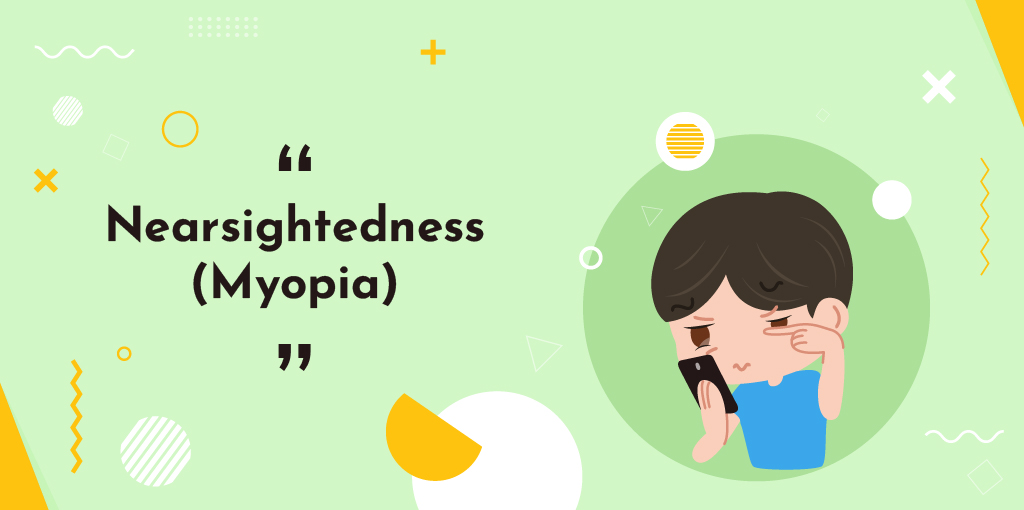Since the start of the pandemic, many children have been using virtual learning to continue their education during lockdowns, which has led to a significant increase in screen time. Many parents were also managing their work from home using their computers. In addition, because there was no entertainment outside of the house due to quarantine, we turned on screens to keep ourselves balanced after work and school.
However, what do all those hours of screen time do to our eyes? According to opthamologists, too much screen time negatively impacts the health of children and adults' eyes. Screen time can affect kids' eyes in the following ways:

Eye strain is also referred to as computer vision syndrome, which is a combination of eye and vision-related problems caused by excessive use of blue light emitting devices, such as phones, computers, and televisions. The following signs may indicate that your children have eye strain:
- Struggling to see clearly
- Headaches
- Dry eyes
- Pain in the neck and shoulders
Nearsightedness can develop if eye strain is left untreated. Additionally, there are other contributing factors such as poor lighting and being too close to screens that can be avoided to prevent increasing their eye strain.

Long periods of screen time can also dry and irritate the eyes. Studies have shown that people tend to blink far less frequently when focusing on a screen, which causes their eyes to dry out. Dry eye syndrome occurs when tears aren't able to provide sufficient lubrication to the eyes. It causes discomfort and can result in inflammation. The condition can also cause damage to the surface of the eyes. Symptoms include:
- Sensitivity to light
- Blurry vision
- Red eyes
- Watery eyes
- Feelings of stinging or burning in the eyes

Myopia, also known as nearsightedness, is a condition that makes it more difficult to focus on distant objects, even when objects nearby are clearly visible.
According to studies, myopia is more likely to develop on children who spend more time indoors. As kids get outside to play and take a break from their devices, their eyes readjust and are relieved from the strain of staring at a screen for extended periods of time. During the past 30 years, the nearsightedness rate among children has increased significantly. This may be related to the increasing use of digital screens during childhood, not just during the pandemic, but over the past few decades as well, alongside an overall decline in outdoor activity.